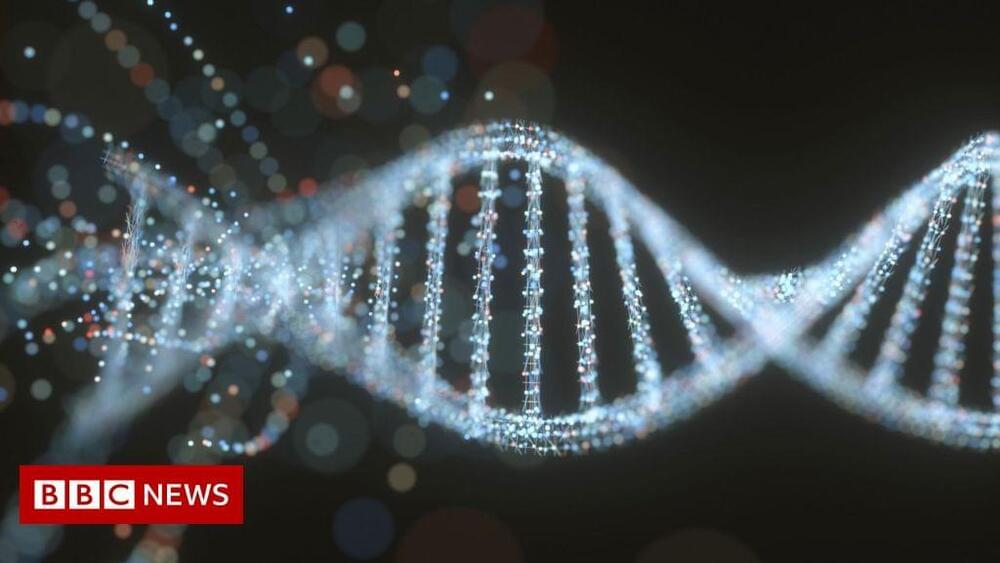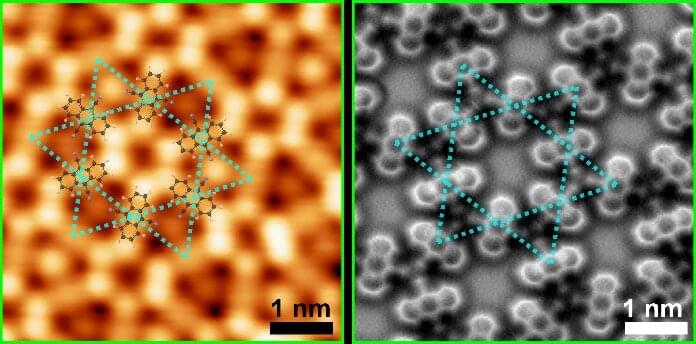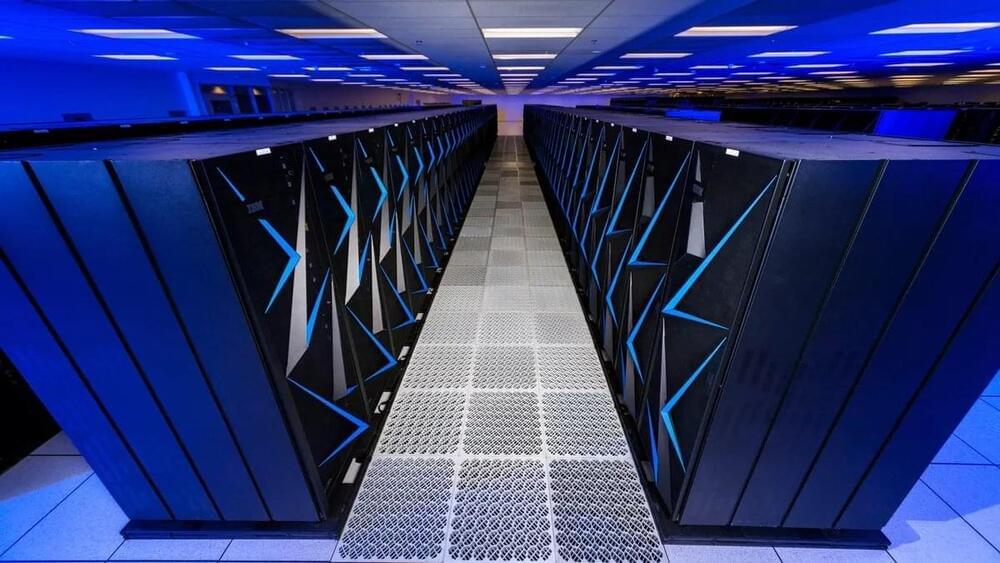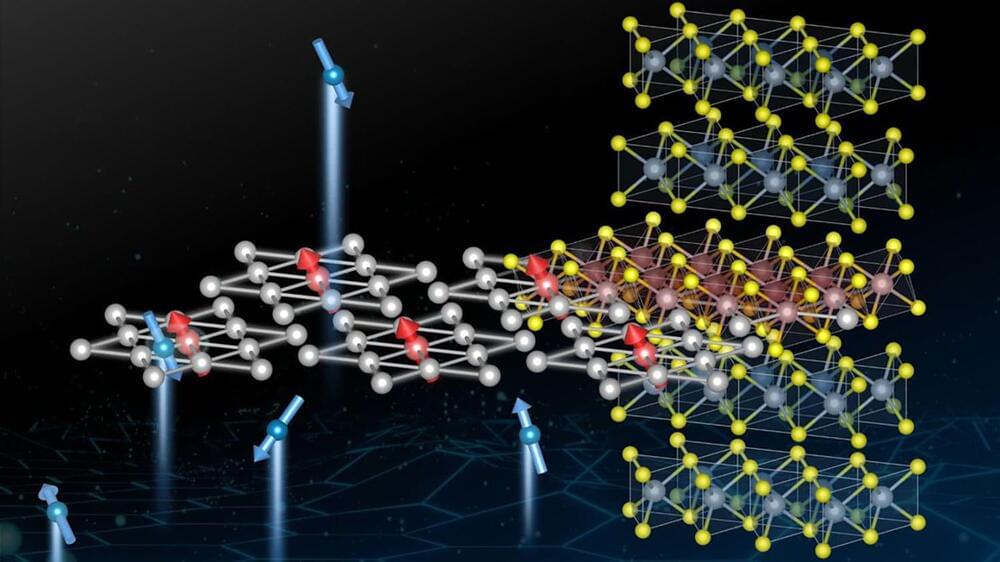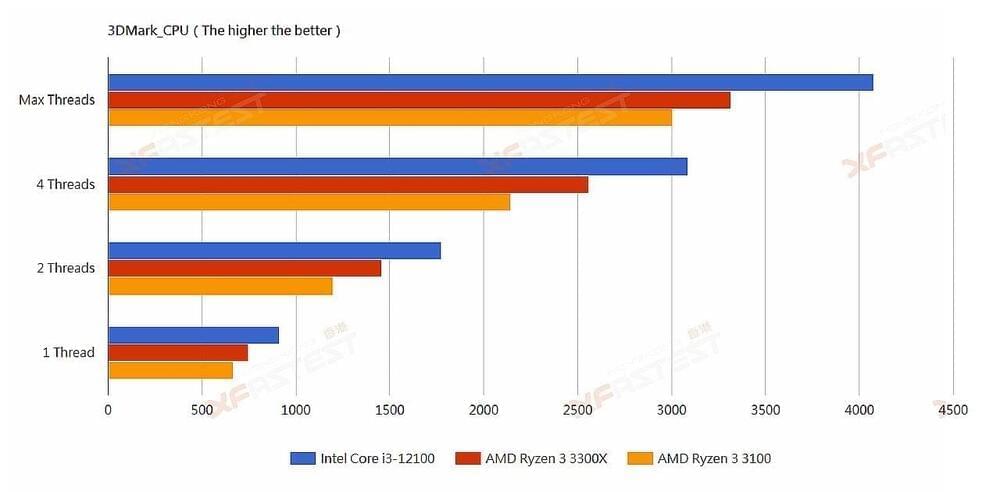Scientists say they have made a major step forward in storing information in molecules of DNA.
A 2D nanomaterial consisting of organic molecules linked to metal atoms in a specific atomic-scale geometry shows non-trivial electronic and magnetic properties due to strong interactions between its electrons.
A new study, published today, shows the emergence of magnetism in a 2D organic material due to strong electron-electron interactions; these interactions are the direct consequence of the material’s unique, star-like atomic-scale structure.
This is the first observation of local magnetic moments emerging from interactions between electrons in an atomically thin 2D organic material.
If history is a guide, people always need to believe in something bigger than themselves, in higher powers, so I wouldn’t be surprised if in the interim, we might get all sorts of movements, including the religious ones. But as opposed to rigid religious doctrines, spirituality most of the time requires finding your own personal path to God and enlightenment through introspection and spiritual growth. And that, I believe, would be the key going forward. Religiosity is unavoidably cultural, spirituality is, in contrast, a higher-order transcendental metaphysics, cognized subjectively.
#CyberSpirituality #SiliconValley #Singularity #Metaverse #Theogenesis #Cybergods #Cybertheism
Futurist and evolutionary cyberneticist Alex Vikoulov was recently interviewed by Magda Gacyk, San Francisco-based correspondent for Wyborcza, the most prestigious daily newspaper in Poland, and her article “Prophecies of the Tech Spirituality: A New Gospel of Silicon Valley” appeared in the last Saturday issue of November.
Here’s their conversation (shortened for readability):
The market introduction of the MR-Linac technology improves the patient care via the real-time imaging of the targeted PTVs. Conventional Water Phantoms with ferromagnetic material become prohibited due to safety reasons. To overcome this situation, LAP introduced the MR-compatible Water Phantom THALES 3D MR SCANNER. Dr Thierry Gevaert, medical physicist and co-ordinator at the UZ Brussel institute, will share his experience with the THALES 3D MR SCANNER during the commissioning of the MRIdian Linac of Viewray. Furthermore, he will highlight which benefits played an important role for his clinical workflow.
During the webinar you will also learn more about the THALES technology for commissioning and quality-assurance processes of conventional Linacs.
Recently, Microsoft Azure joined the Top 10 club of the TOP500 super computer rankings by delivering 30.05 Petaflops. It was based on Microsoft’s recently announced Azure NDm A100 80GB v4, available on demand. These Azure NDm A100 v4 instances are powered by NVIDIA GPU acceleration and NVIDIA InfiniBand networking.
Microsoft today highlighted the latest (December 2021) MLPerf 1.1 results in which Azure delivered the #2 performance overall and the #1 performance by a cloud provider.
This is a short videoclip I made of the CBS News Special program entitled “Forever Young_Searching for the Fountain of Youth” aired on Nov 29, 2021.
The entire program lasts 43 minutes and in this 2-minute videoclip I highlight the excerpts I found most relevant. In the description of the video is the link to see the entire program.
El videoclip cuenta con subtítulos en Español.
An Italian energy storage company, Energy Dome, has announced the close of its $11M Series A fundraise, with the goal of deploying the first commercially viable CO2 battery in a demonstration project in its native Sardinia, Italy. The proposed 100 megawatt-hours (MWh) CO2 Battery could support the increased use of renewable power in the generation mix and address the growing need for energy storage on electrical grids.
The CO2 Battery’s optimal charge/discharge cycle ranges from 4 to 24 hours, positioning it perfectly for daily and intra-day cycling. The company points out that this is a fast-growing market segment, not well served by existing battery technologies. Significantly, the CO2 Battery can be charged during the daytime when there is a surplus solar generation and dispatched during the subsequent evening and next-morning peaks, when solar generation falls short of demand. The modular, scalable energy storage solution will allow for solar and wind generation to be dispatchable 24 hours per day.
Using low-cost, off-the-shelf components, the company claims that its CO2 battery achieves a 75–80% round-trip efficiency. Unlike lithium-ion batteries, which degrade significantly in performance after roughly a decade of use, the battery maintains its performance during its expected 25-year operational life. This means the cost of the storage will be about half of the cost of storing with similar-sized lithium-ion batteries.
It seems Intel is set to retake the PC performance crown convincingly with its 12 generation Alder Lake processors, even in the affordable price segment.
A leaked sample of the Core i3-1200 version of the processor has been benchmarked by Chinese hardware site XFASTEST and it crushes the competition in the price segment.
When compared to AMD Zen 2-based Ryzen 3 3300X and 3,100 DIY CPUs, the Intel Core i3-1200 processor paired with the ASRock Z690 Steel Legend WiFi 6E DDR4 motherboard outperformed the AMD processors in most benchmarks as can be seen below:
At its re: Invent 2021 conference today, Amazon announced Graviton3, the next generation of its custom ARM-based chip for AI inferencing applications. Soon to be available in Amazon Web Services (AWS) C7g instances, the company says that the processors are optimized for workloads including high-performance compute, batch processing, media encoding, scientific modeling, ad serving, and distributed analytics.
Alongside Graviton3, Amazon unveiled Trn1, a new instance for training deep learning models in the cloud — including models for apps like image recognition, natural language processing, fraud detection, and forecasting. It’s powered by Trainium, an Amazon-designed chip that the company last year claimed would offer the most teraflops of any machine learning instance in the cloud. (A teraflop translates to a chip being able to process 1 trillion calculations per second.)
As companies face pandemic headwinds including worker shortages and supply chain disruptions, they’re increasingly turning to AI for efficiency gains. According to a recent Algorithmia survey, 50% of enterprises plan to spend more on AI and machine learning in 2021, with 20% saying they will be “significantly” increasing their budgets for AI and ML. AI adoption is, in turn, driving cloud growth — a trend of which Amazon is acutely aware, hence the continued investments in technologies like Graviton3 and Trn1.
